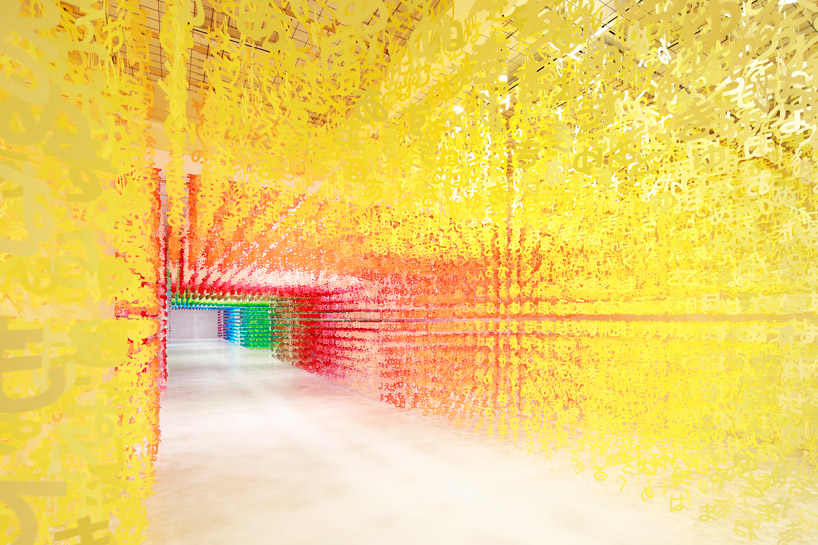Bobby Seagull is a mathematician who became famous as he became a finalist on the University Challenge in 2017. Clearly, it can be said that he is an intelligent man, at least when it comes to math and science. Still, life can be tough sometimes, and we can’t have everything in his life. In the case of Bobby, he is unlucky when he comes to love.
A few years ago, he sat down to try to work out why he had been so unlucky in life. “I was 32 or 33, I was single, I loved maths and science – I thought: ‘Can I use maths and science to help me?’ It was a genuine, earnest attempt.”
Inspired by Peter Backus – a Manchester University economics lecturer who in 2010 wrote a paper titled Why I Don’t Have a Girlfriend – Seagull used the Drake equation, developed to estimate how many intelligent alien civilisations there might be in the galaxy, to determine his number of potential partners. “You start by assuming there’s infinitely many, then you keep on making the pool smaller and smaller.”
Find out what happened next in his aim to find love over at The Guardian.
(Image Credit: GDJ/ Pixabay)
By Franzified






